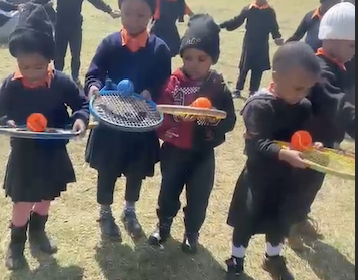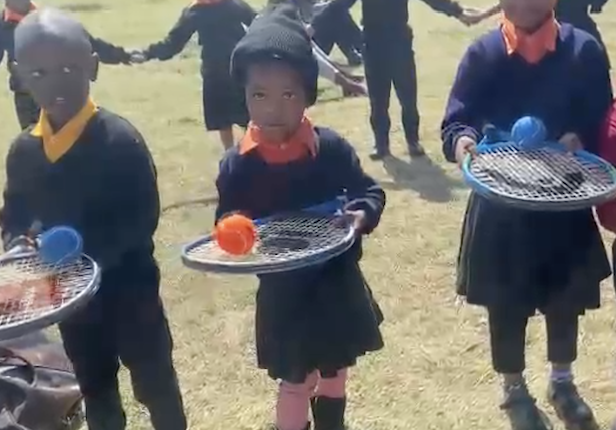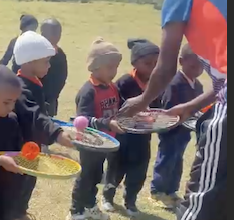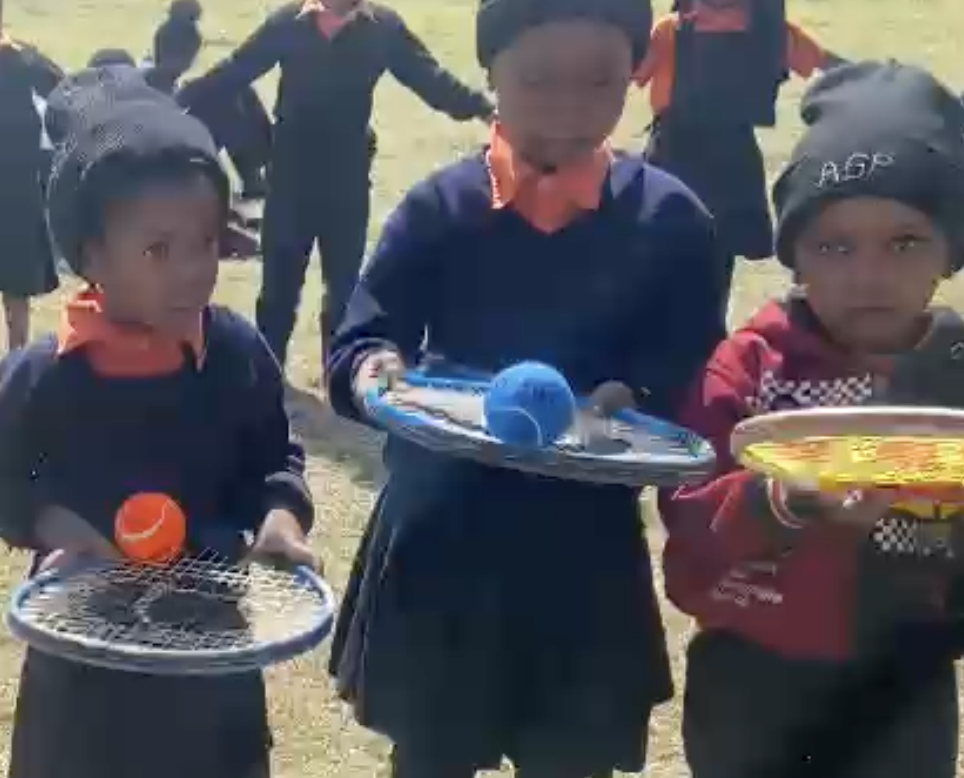The Youth Guide to Forests
Faster downloadPublished Year: 2014

Language: en
Summary: Forests are home to a huge variety of plant and animal life – from tiny microscopic fungi species, to enormous trees that are sometimes taller than 80 metres high. Forests provide vital services that ensure people have clean air to breathe and water to drink (and they do it all for free!). For some people, the forest is a place where they go for work, for religious practices or even just for sport, fun and recreation. because forests are such wondrous and beneficial places, you’d think they would be a top priority for protection so that everyone alive today (and everyone in the future) can enjoy them, right? unfortunately, this isn’t always the case. in fact, there are many dangers that threaten the very existence of the earth’s forests. luckily, there are groups of people (including young people like you) who are persevering to protect forests. if you want to learn more about forests, then... go and explore a forest or some trees near you! after you’ve experienced some of the wonders of the forests first-hand, and maybe even witnessed some of the challenges forests face, it’s time to deepen your learning. this Guide will help you learn about forests around the world and really understand forest issues. the Youth Guide to Forests aims to provide you with information, questions and ideas. section a introduces what a forest is, the different forest types, and the factors that determine these differences. section b illustrates the many different forest biomes found around the world and the key differences between them. section c then goes on to describe the myriad ways in which forests provide a huge range of benefits to the planet and to people everywhere, such as forest biodiversity; forest ecosystem services; and cultural and recreational uses of forests. the final two sections discuss current and future challenges to the world’s forests and highlight some of the most urgent areas for action. section d addresses threats to forests, whilst section e presents what various groups of people are doing to ensure a better future for the world’s forests and explains how you can get involved in this important work. a great complementary resource to this Guide is the Forests Challenge Badge. it is designed to help educate children and young people in a fun and active way about the vital part that forests play in sustaining life on earth. the badge curriculum includes a range of fun and engaging activities and ideas to help young people gain the knowledge, skills and values needed to protect, preserve and sustainably manage forests as well as how to sustain the benefits they provide to people and the planet. Happy reading! The Youth and United Nations Global Alliance (YUNGA) is a partnership between United Nations agencies, civil society organizations and other groups working with children and young people. YUNGA aims to empower children and young people to play an important role in society, encouraging them to become active agents of change. It does so by creating engaging educational resources, activities and opportunities for participation in areas of key environmental and social concern at the local to the international level. The Youth Guide to Forests is part of YUNGA's Learning and Action Series which seeks to raise awareness, educate and inspire young people to take action. The series also includes other educational resources and initiatives such as the United Nations Challenge Badges. The Youth Guide to Forests was jointly developed by CBD and FAO, with contributions and support from many other institutions and individuals. It is designed as an educational resource for schools, youth groups and other curious young learners. This fact-filled Guide explores forests from the equator to the frozen poles, the depths of the rainforest to the mountain forests at high altitudes. It also demonstrates the many benefits that forests provide us with, discusses the negative impacts that humans unfortunately have on forests and explains how good management can help protect and conserve forests and forest biodiversity. At the end of the Guide, inspiring examples of youth-led initiatives are provided, and an easy-to-follow action plan aims to help YOU develop your own forest conservation activities and projects.







